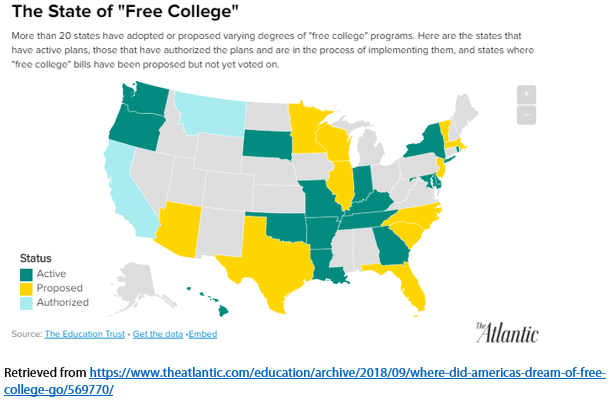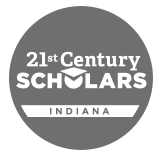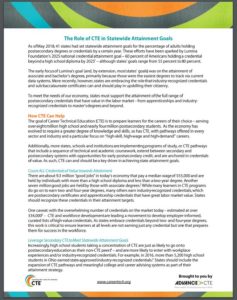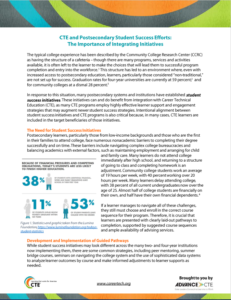 There are roughly 700 Minority-Serving Institutions (MSIs) that produce one fifth of the nation’s Science, Technology, Engineering and Mathematics (STEM) bachelor’s degrees. To discuss the importance of these institutions to the nation’s future, on February 6, the National Academies of Science, Engineering and Medicine hosted a national convocation. The convocation focused on how to leverage MSIs to strengthen the STEM talent pipeline for nontraditional students and students of color.
There are roughly 700 Minority-Serving Institutions (MSIs) that produce one fifth of the nation’s Science, Technology, Engineering and Mathematics (STEM) bachelor’s degrees. To discuss the importance of these institutions to the nation’s future, on February 6, the National Academies of Science, Engineering and Medicine hosted a national convocation. The convocation focused on how to leverage MSIs to strengthen the STEM talent pipeline for nontraditional students and students of color.
The convocation was rooted in the National Academies’ report, Minority Serving Institutions: America’s Underutilized Resource for Strengthening the STEM Workforce, which identifies promising programs and strategies to increase the quantity and quality of MSI STEM graduates and conveys the importance of MSIs to stakeholders. The report was developed with input from a committee with representation from industry, education and workforce institutions and identified seven promising practices to strengthen the quality of STEM education, research and workforce preparation for MSIs learners:
- Dynamic, multilevel, mission-driven leadership;
- Institutional responsiveness to meet students where they are;
- Supportive campus environments;
- Tailored academic and social supports;
- Mentorship and sponsorships;
- Availability of undergraduate research experiences; and
- Mutually beneficial public-and private-sector partnerships.
Key to the report is the emphasis it places on intentionality. To help illustrate what it would mean to be intentional about strengthening and supporting MSIs, the National Academies hosted panels and facilitated breakout groups at the convocation.The panels featured higher education, civil rights, industry and workforce experts with experience working with or advocating on behalf of learners at MSIs. Panelists discussed the importance of being intentional about establishing partnerships that outlast leadership and fostering an inclusive campus culture, among other topics.
Audience members then participated in solution-oriented breakout groups that focused on reimagining MSI partnerships, building financial capacity for MSIs, and being cognizant of culture and intentionality at MSIs. Participants in these breakout groups suggested establishing partnerships that would prepare MSI learners for the future of work, establishing a coalition of business partners to fund MSIs, and engaging non-minority faculty to mentor MSI students, among other solutions.
As state leaders work on promoting equity in Career Technical Education (CTE), they should consider how they can leverage the seven promising practices identified in the National Academies’ report to intentionally strengthen the STEM and other workforce talent pipelines for students of color. To learn more about how to advance equity in CTE, see Advance CTE’s Making Good on the Promise Series, which provides promising solutions to help state leaders close equity gaps in CTE.
Brianna McCain, Policy Associate


 through postsecondary enrollment. One program included in TRIO is Upward Bound, which supports low-income and first generation high school students through high school graduation, college enrollment and college completion. In the fall of 2018, the National Center for Education Evaluation and Regional Assistance
through postsecondary enrollment. One program included in TRIO is Upward Bound, which supports low-income and first generation high school students through high school graduation, college enrollment and college completion. In the fall of 2018, the National Center for Education Evaluation and Regional Assistance  As of September 2018, there are
As of September 2018, there are  The idea of free college has gained traction in a number of states. Indiana has been at the forefront of this movement, and has had some form of free college for the past 30 years. Currently, Indiana’s
The idea of free college has gained traction in a number of states. Indiana has been at the forefront of this movement, and has had some form of free college for the past 30 years. Currently, Indiana’s The points an institution receives in the formula for credential attainment are multiplied if the credentials are in Science, Technology, Engineering and Mathematics (STEM) or state-defined “high-demand” fields. Qualifying fields are designated by the the Arkansas Department of Higher Education and the Department of Workforce Services. The multiplier for STEM degrees is 3 points; the multiplier for degrees in high-demand fields is 1.5 points.
The points an institution receives in the formula for credential attainment are multiplied if the credentials are in Science, Technology, Engineering and Mathematics (STEM) or state-defined “high-demand” fields. Qualifying fields are designated by the the Arkansas Department of Higher Education and the Department of Workforce Services. The multiplier for STEM degrees is 3 points; the multiplier for degrees in high-demand fields is 1.5 points.  Some states have involved Career Technical Education (CTE) from the onset and others are now looking to ensure CTE is part of their overall strategy. The
Some states have involved Career Technical Education (CTE) from the onset and others are now looking to ensure CTE is part of their overall strategy. The  In response to these results, many community colleges have worked with national organizations like CCRC and the American Association of Community Colleges, among others, to develop student success initiatives, focused on increasing equity and degree completion. These initiatives include numerous reforms of college advising and student support services to ensure that postsecondary learners undergo a seamless journey throughout their experience and complete college with a meaningful degree.
In response to these results, many community colleges have worked with national organizations like CCRC and the American Association of Community Colleges, among others, to develop student success initiatives, focused on increasing equity and degree completion. These initiatives include numerous reforms of college advising and student support services to ensure that postsecondary learners undergo a seamless journey throughout their experience and complete college with a meaningful degree.